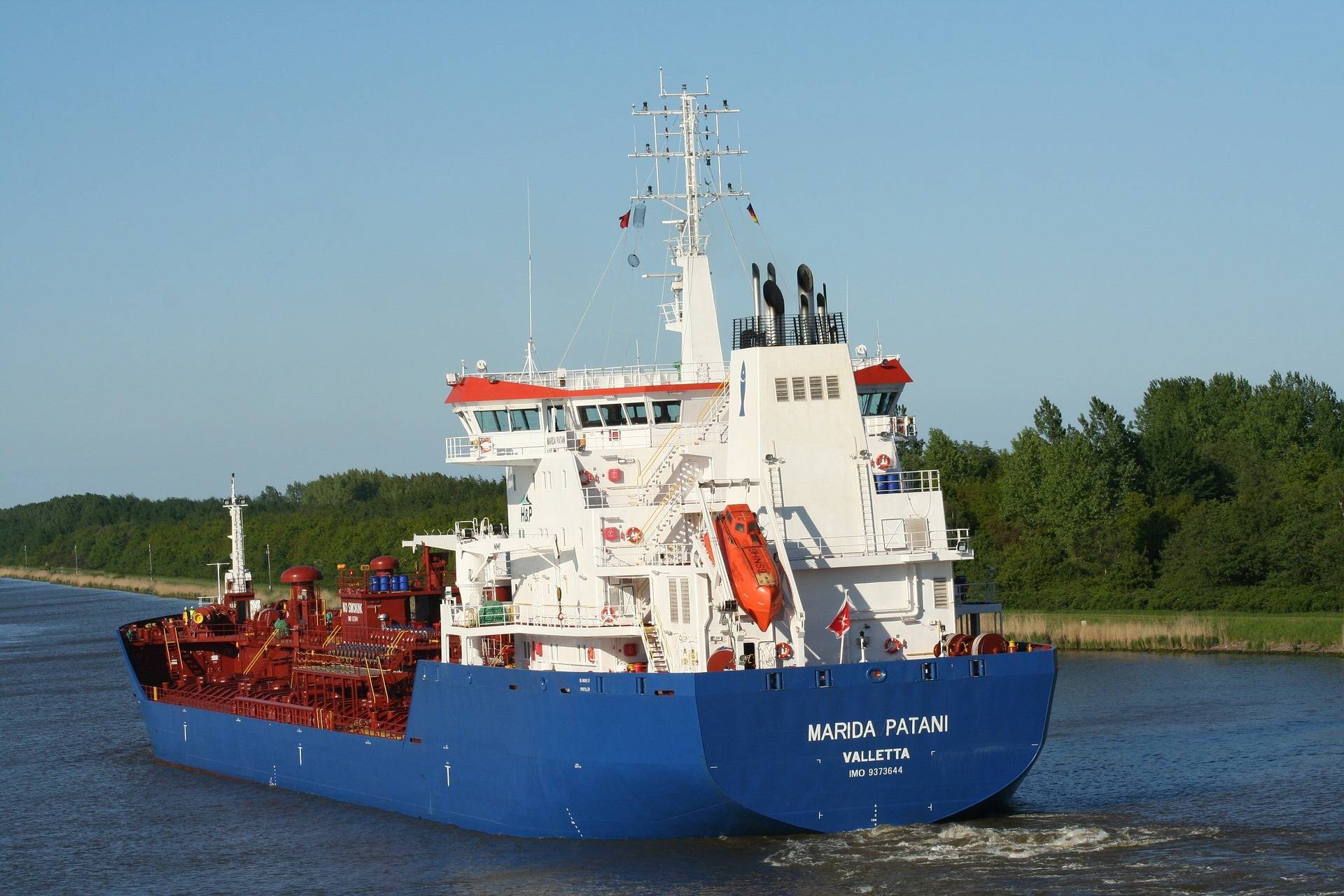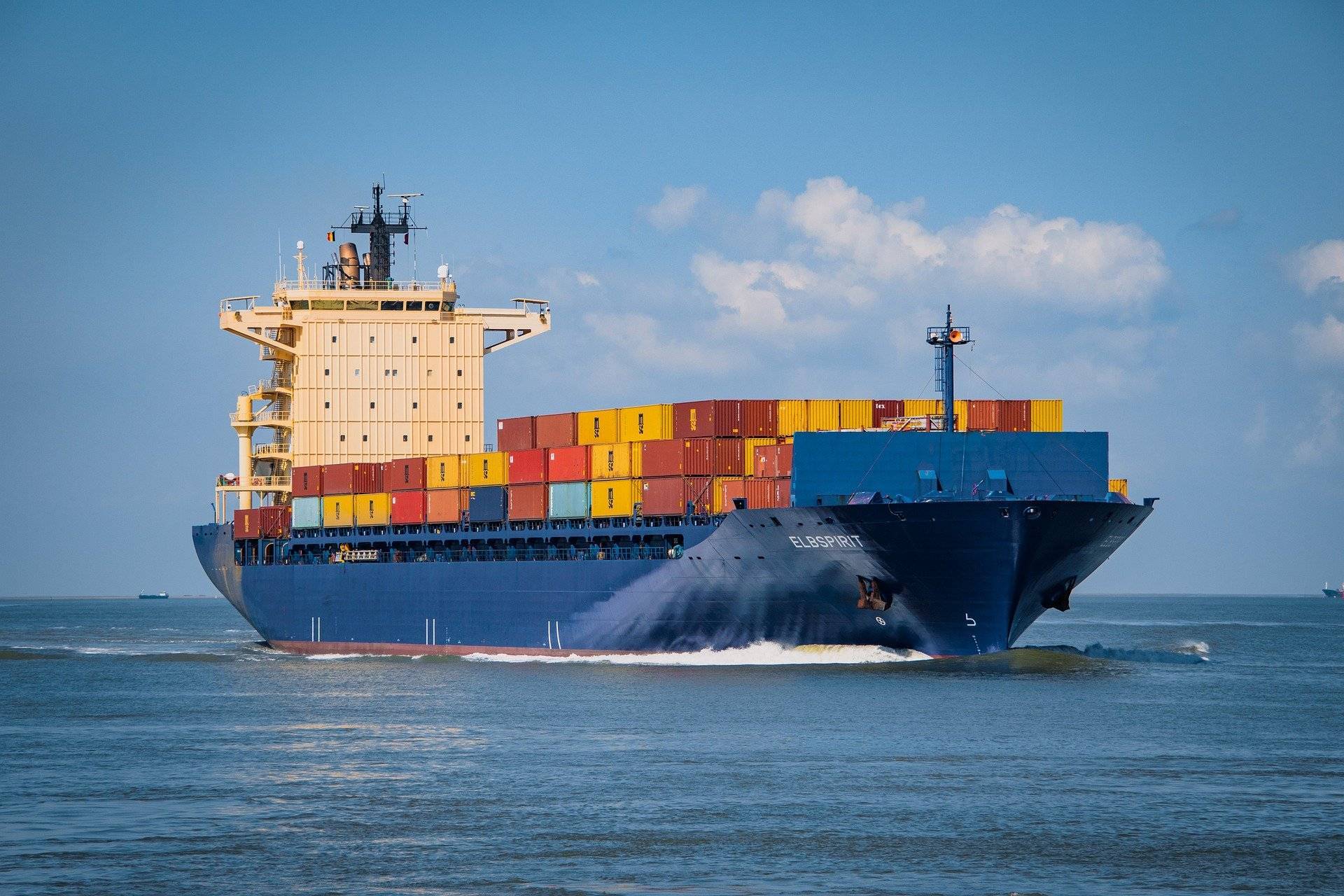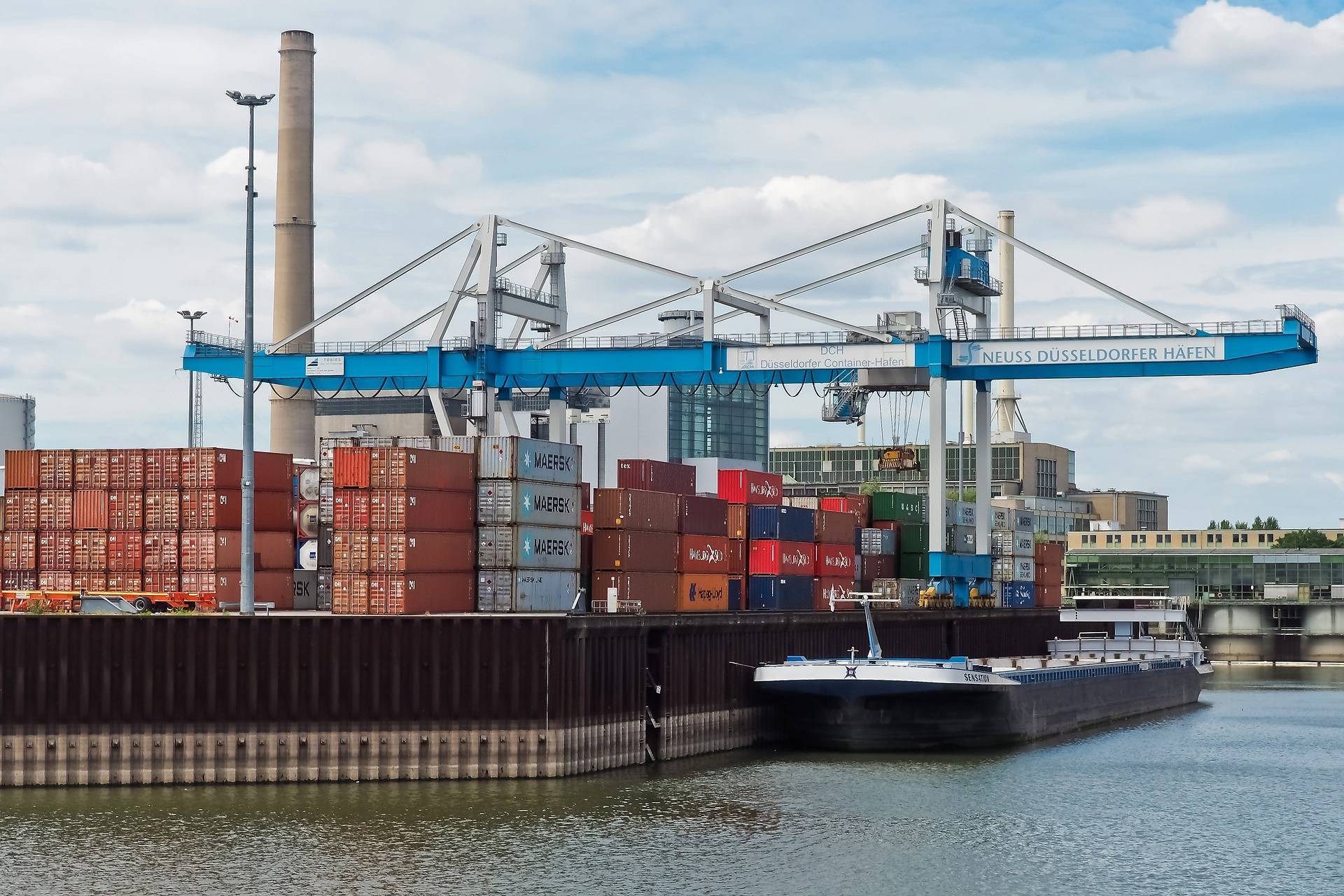Salary of seafarers

Automatic translation
Surely many of us have seafarer friends and it is very likely that more than once or twice we have seen confirmation that they earn very good money. Nevertheless, in many respects the salary of a seafarer depends on his experience, characteristics as a specialist and the position held. Also, an important factor is the type of vessel on which the seafarer goes. According to statistics, the lowest salaries are offered on dry cargo ships, timber carriers and on the port fleet. One step higher are the RO-RO class vessels, container ships, and passenger liners. And the highest payments are now in the tanker fleet, gas carriers and bunkering fleet, as well as on offshore vessels. Let's try to determine the approximate spread in the salaries of seafarers depending on their position.
First job at sea
The very first work at sea can turn up at the stage of training, and you can go to practice as a cadet. As a rule, this work is designed to bring you not so much monetary reward as experience. Therefore, cadets can expect a salary in the range of USD 500-1000.
The rank and file of the vessel, represented by Ordinary Seaman and Able Seaman, can already count on higher wages. So, in the tanker fleet Ordinary Seaman can receive in the region of 1200-1400 USD, and Able Seaman - 1500-2000. In addition, the seafarers may be provided with an additional payment, depending on the tasks they perform. These can be cargo fastening, welding, tank washing, etc. The boatswain, for example, may be entitled to a surcharge for organizational work as well. For other members of the rank and file - messman and the cook - wages can reach 2,000 USD. Chefs working on large cruise ships pay especially high wages. Specific professions from among the rank and file, found only on certain types of ships (for example, donkerman) can also count on pay up to 2000 USD. Note also,
The officer corps receives significantly more rank-and-file personnel, especially in the most important positions - Chief Officer and Master. Naturally, the highest positions are occupied by experienced seafarers, and the more valuable the specialists, the higher their pay. It is estimated that the captain of the LNG carrier can expect a salary of up to USD 20,000. However, as we have already noted, this value also depends on the type of vessel, since the captain of a dry cargo ship is unlikely to receive more than 8000-10000 USD. A slightly higher salary for the captain of the tanker fleet is in the range of 12,000-15,000 USD. This value is due to the high responsibility of the captain both before international law and before shipowners.
 Chief Officer
Chief Officer
The Chief Officer, since he is the second person on the ship after the captain, actually receives twice as much as other officers - the range of payments varies in the region of USD 10,000-14,000. Here, just like the captain, the amount of the payment depends on the type of vessel. The smallest range of payments will be for an executive on a dry cargo ship or a timber carrier - in the region of 7-8 thousand USD. The highest, again, are on LNG carriers - 12-14 thousand.
The 2nd and 3rd Officer get around 4000-5000 USD. The difference in pay for different positions reaches about $ 1,000. It is quite rare to find the position of Junior Officer on ships. His salary will be another 1000 lower than that of the 3rd assistant.
The salaries of seafarers working in the engine room are comparable to those of officers. For example, the salary of a chief engineer is most often between the salaries of the chief mate and the captain. The 2nd mechanic, since his position is already considered a Senior Officer, receives approximately the same amount as a senior officer. 3rd mechanic - approximately the same as the second assistant. Electromechanics receive in the region of 5000-7000 USD, depending on the type of vessel and the volume of tasks they perform.

